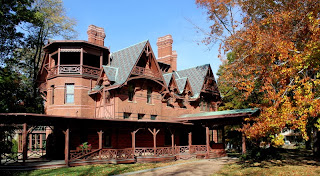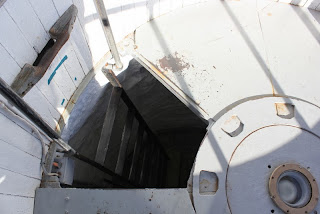 |
| Copyright Miro Schaap |
Linda Pastan, who lives in Maryland ,
is a master of the kind of water-clear writing that enables us to see into the
depths. This is a poem about migrating birds, but also about how it feels to
witness the passing of another year. [Introduction by Ted Kooser.]
The Birds
are heading south, pulled
by a compass in the genes.
They are not fooled
by this odd November summer,
though we stand in our doorways
wearing cotton dresses.
We are watching them
as they swoop and gather—
the shadow of wings
falls over the heart.
When they rustle among
the empty branches, the trees
must think their lost leaves
have come back.
The birds are heading south,
instinct is the oldest story.
They fly over their doubles,
the mute weathervanes,
teaching all of us
with their tailfeathers
the true north.

































.jpg)


